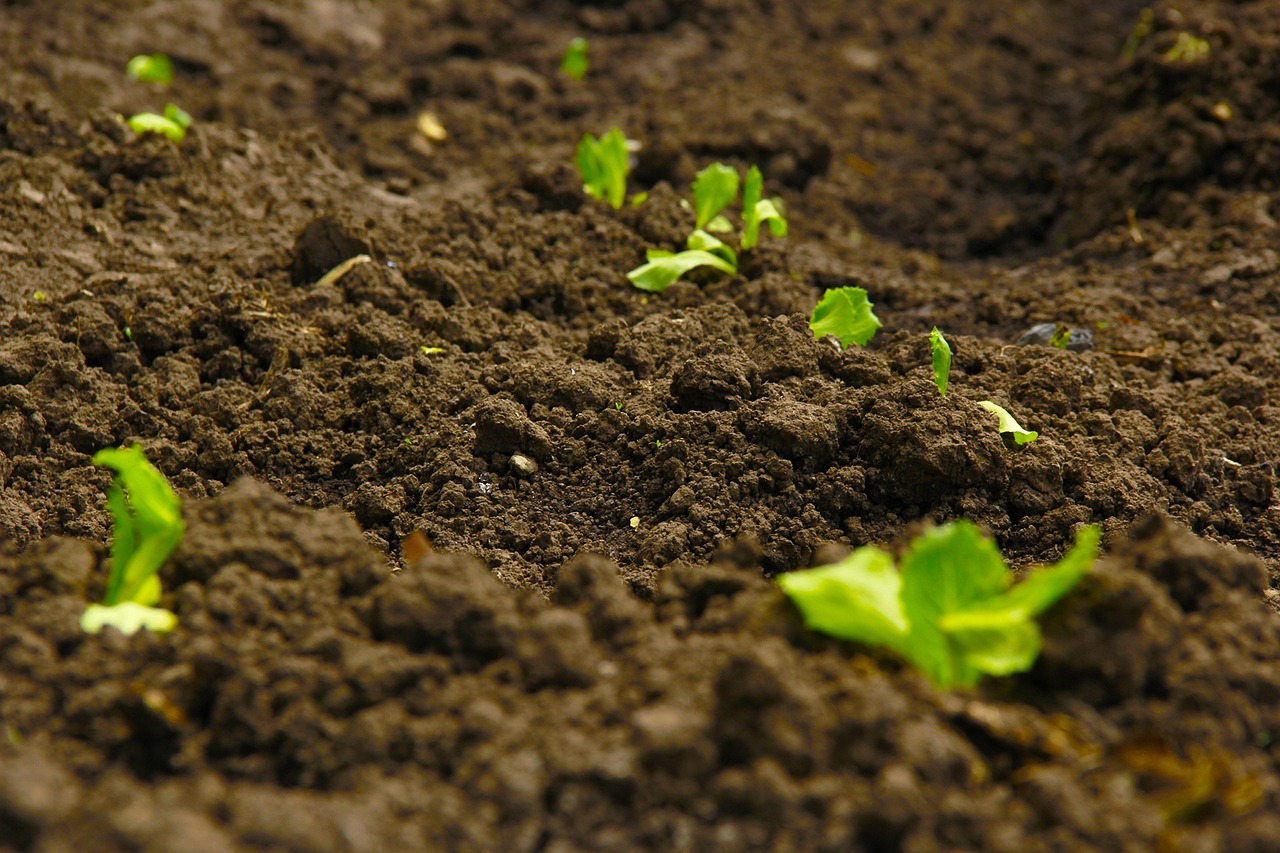Soil plays an important role in keeping our planet healthy. Soil filters our water, provides plants with nutrients, and provides a home for billions of organisms. Moreover, the soil is an important ingredient for growing food, and it protects us against flooding and combats drought. Because soil is made in part of broken down plant matter, they contain a lot of carbon that the plants took in from the atmosphere. The capacity of carbon that soil can hold depends on climate, temperature, rainfall, soil type and depth.
Soil is under threat due to rising temperatures and biodiversity loss due to climate change. Half of the topsoil in the world has been lost in the last 150 years due to erosion. These impacts include compaction, loss of soil structure, nutrient degradation and soil salinity. Soil nutrient loss is recognized as among the most critical problems at a global level for food security and sustainability.
Because many of the effects of climate change on soil happen underground, it can be difficult to study the impacts. Scientists from the Bioinspired Soft Robotics Lab in Genoa, Italy, have developed a solution to this problem. They have designed the first 4D-printed seed-inspired soft robot. The robotic seed mimics the movement and performance of a natural seed. The seed is said to help act as a sensor for monitoring pollutants, CO2 levels, temperature and humidity in the soil.
The structure of the South African geranium inspires the artificial seed. The seeds can change shape in response to how humid their environment is. The seed can autonomously move around a terrain surface and penetrate the soil. Here, the seed can explore the soil and penetrate inside fractures, extracting energy from the environmental humidity changes. The seeds can find a home for themselves by expanding and shrinking due to changes in the water content of the air.
The seed was created using 4D printed structures as they can create dynamic morphological changes under environmental stimuli. Additionally, these structures can be programmed to reshape and perform work for any type of scenario. The seed is also strong enough to lift about 100 times its own weight. The seeds are made out of biodegradable polymers, which are activated using oxygen plasma to increase water-attracting abilities. The scientists chose these materials because they absorb and expand when exposed to humidity.
This invention could be a battery-free wireless tool for environmental topsoil monitoring. It could be a low-cost system to collect soil data across remote areas without monitoring data. It is also a relatively non-invasive way to study and monitor the soil. And the role of biodegradable materials and eco-friendly processing is fundamental for sustainable and green robotics to avoid the dispersal of new waste in natural environments. This study could be an inspiration for other researchers looking to study hard-to-reach areas that are at risk due to climate change.










